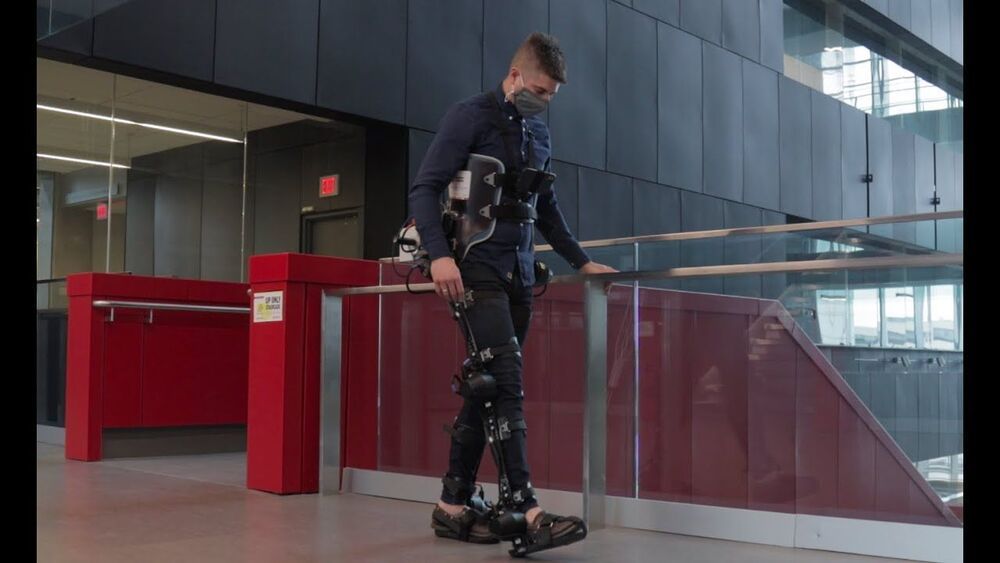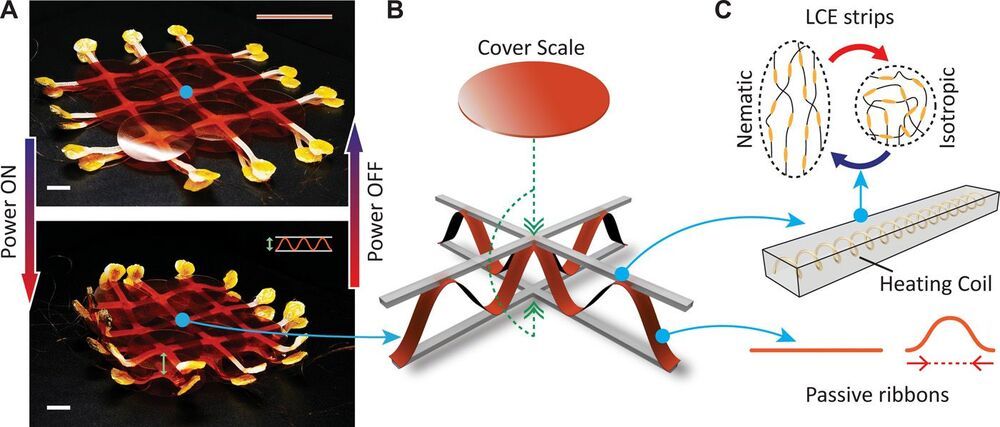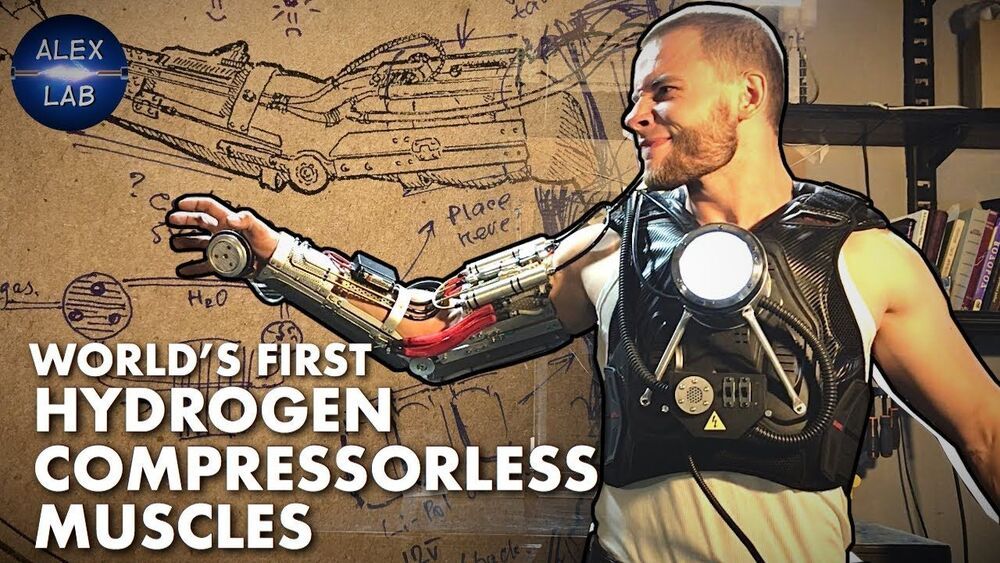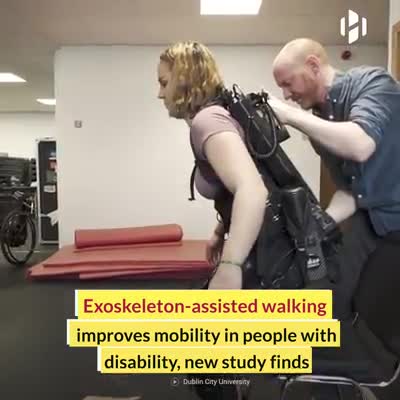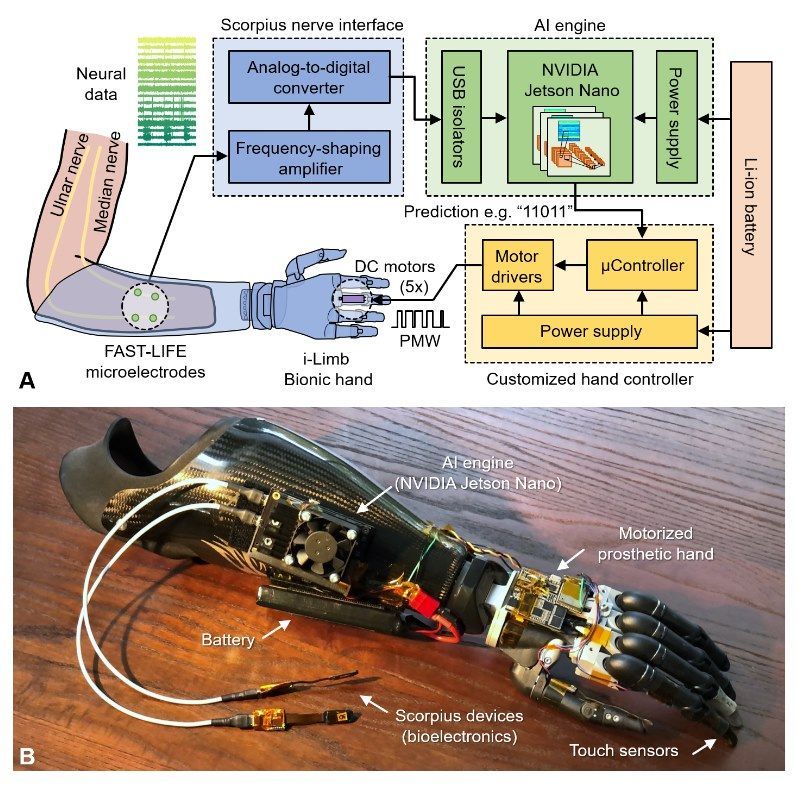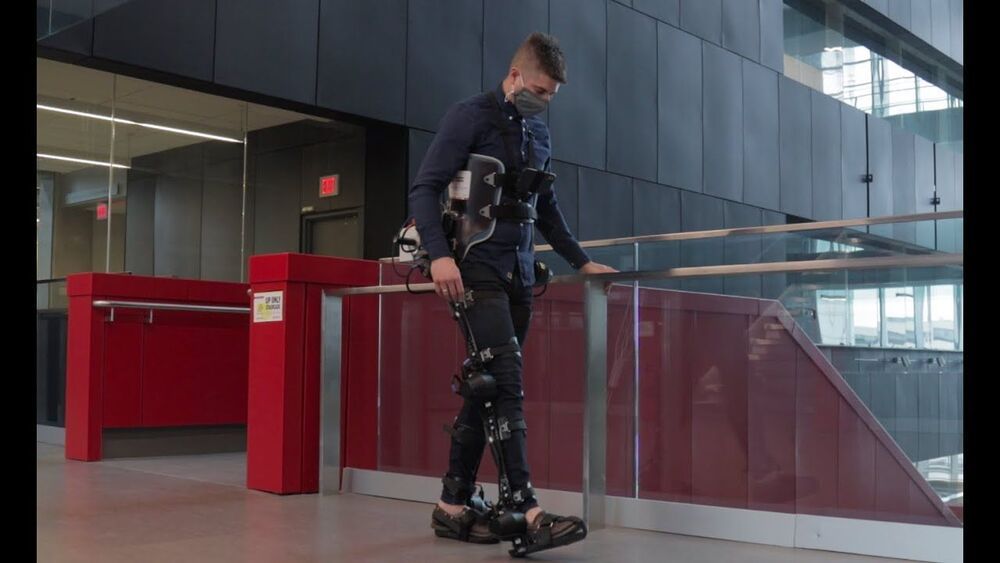Apr 20, 2021
Building real Iron Man suit (Part#2: Exosuit, hydrogen muscles & EMG sensors)
Posted by Quinn Sena in categories: climatology, cyborgs
Here is my inspiration source: https://curiositystream.com/AlexLab.
Use promo code AlexLab to get annual access just for 15$
Please, comment on what else Curiosity Stream episodes you liked.
Cosmos Elementary https://youtube.com/channel/UCBTUsDJaEqU-1rWBW1F0oog.
Continue reading “Building real Iron Man suit (Part#2: Exosuit, hydrogen muscles & EMG sensors)” »

